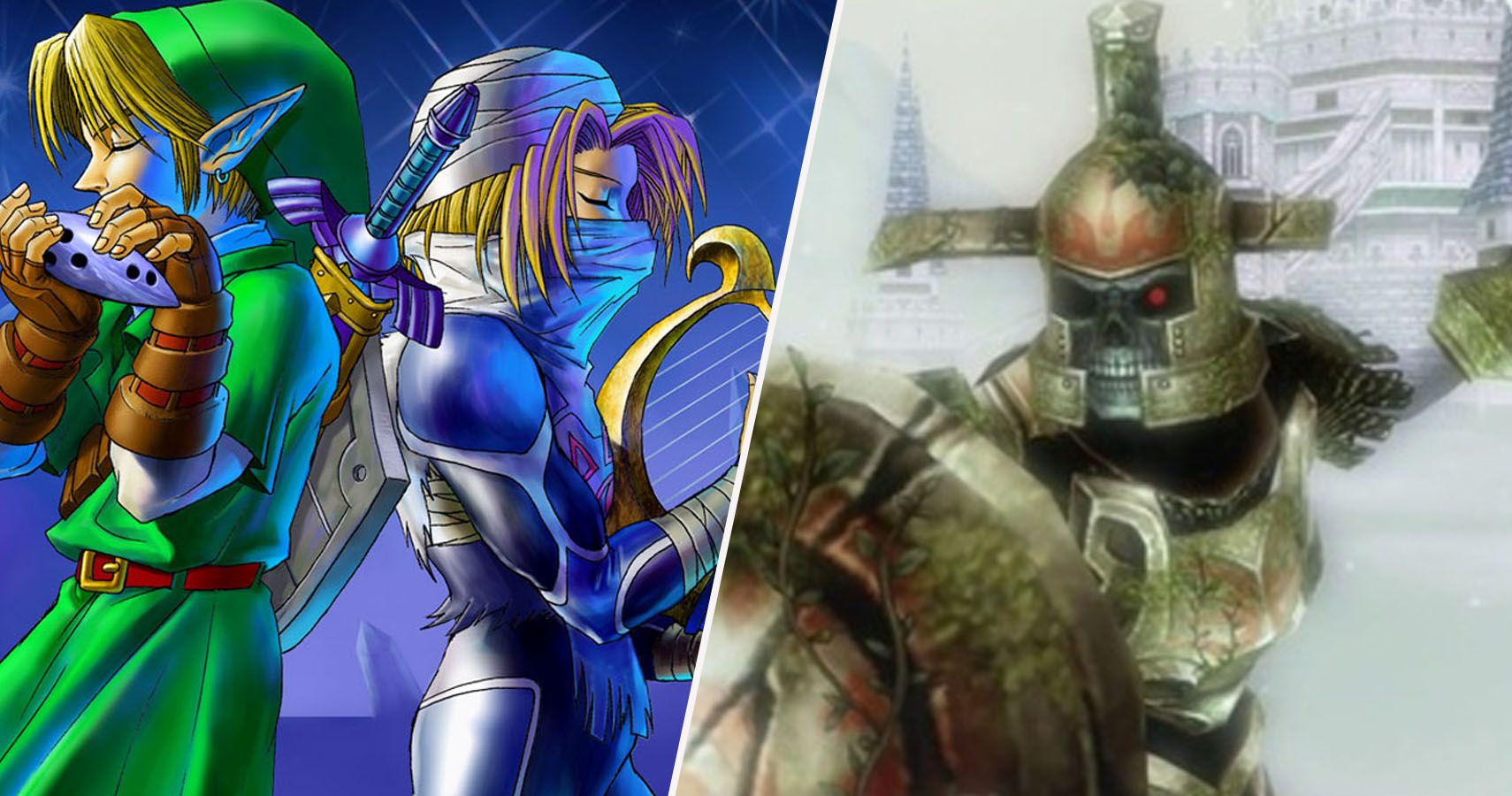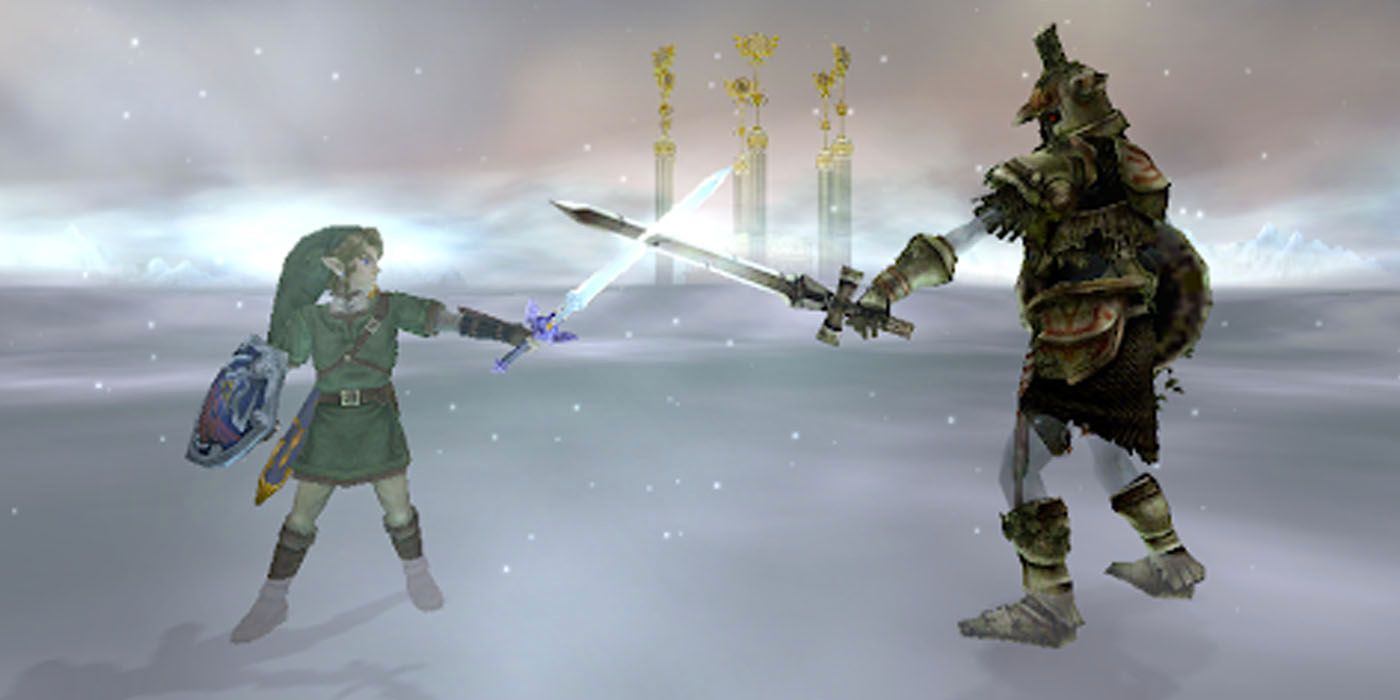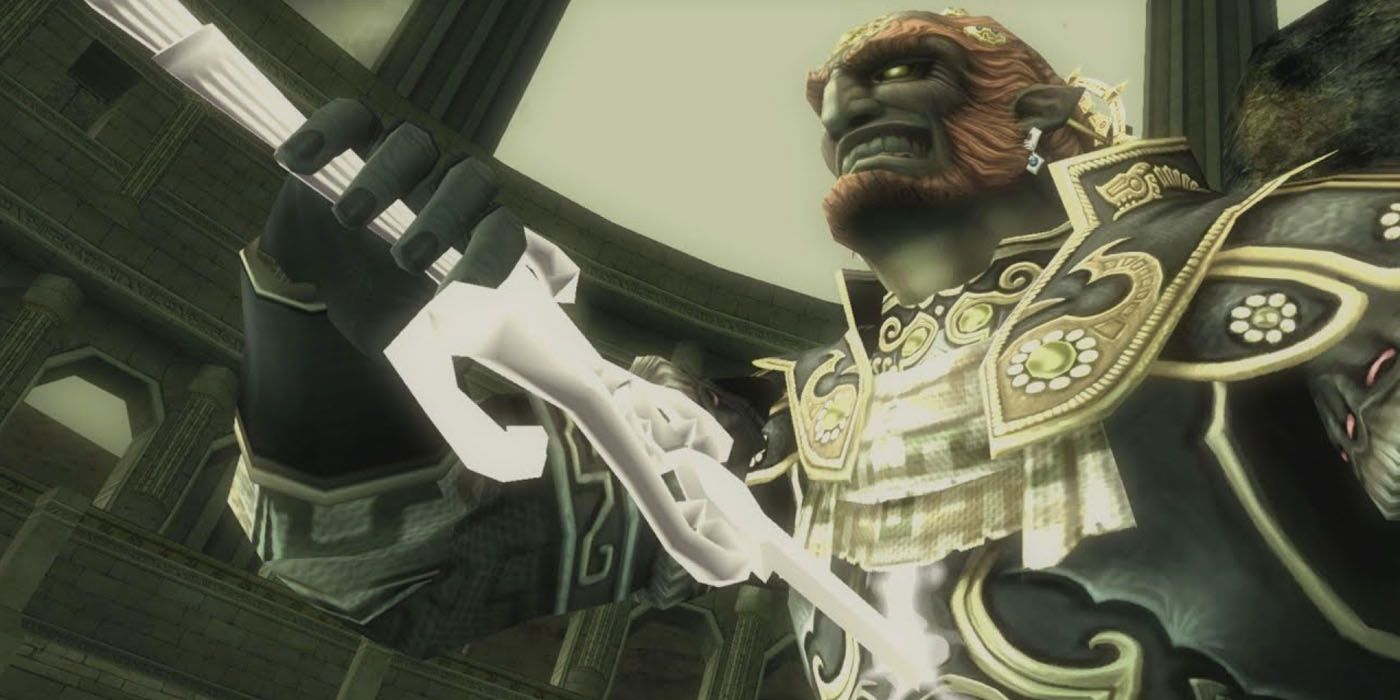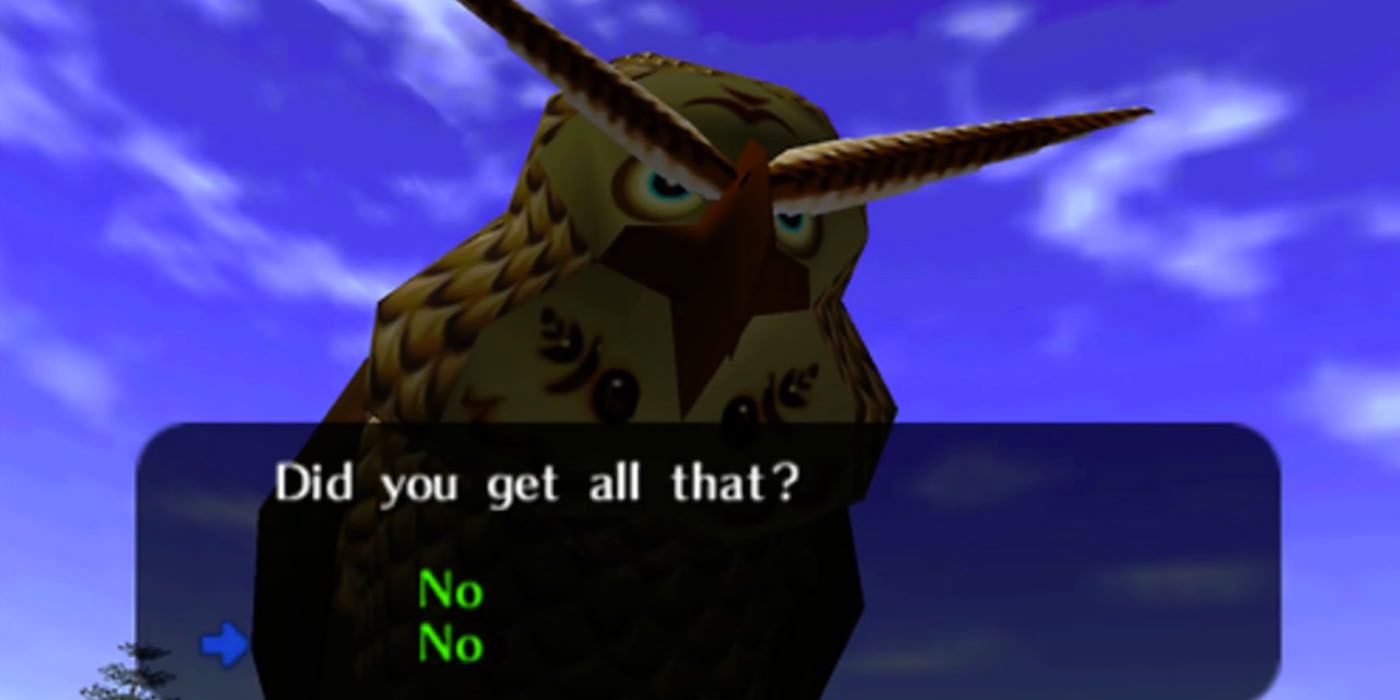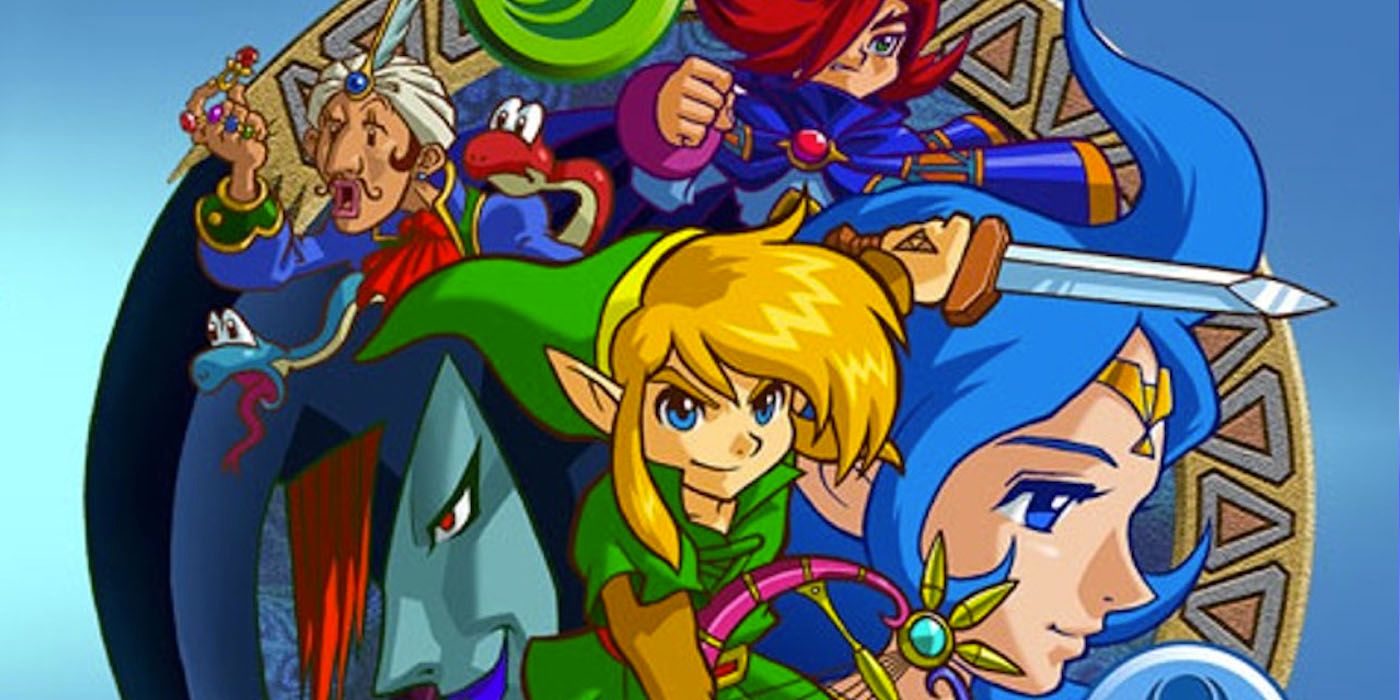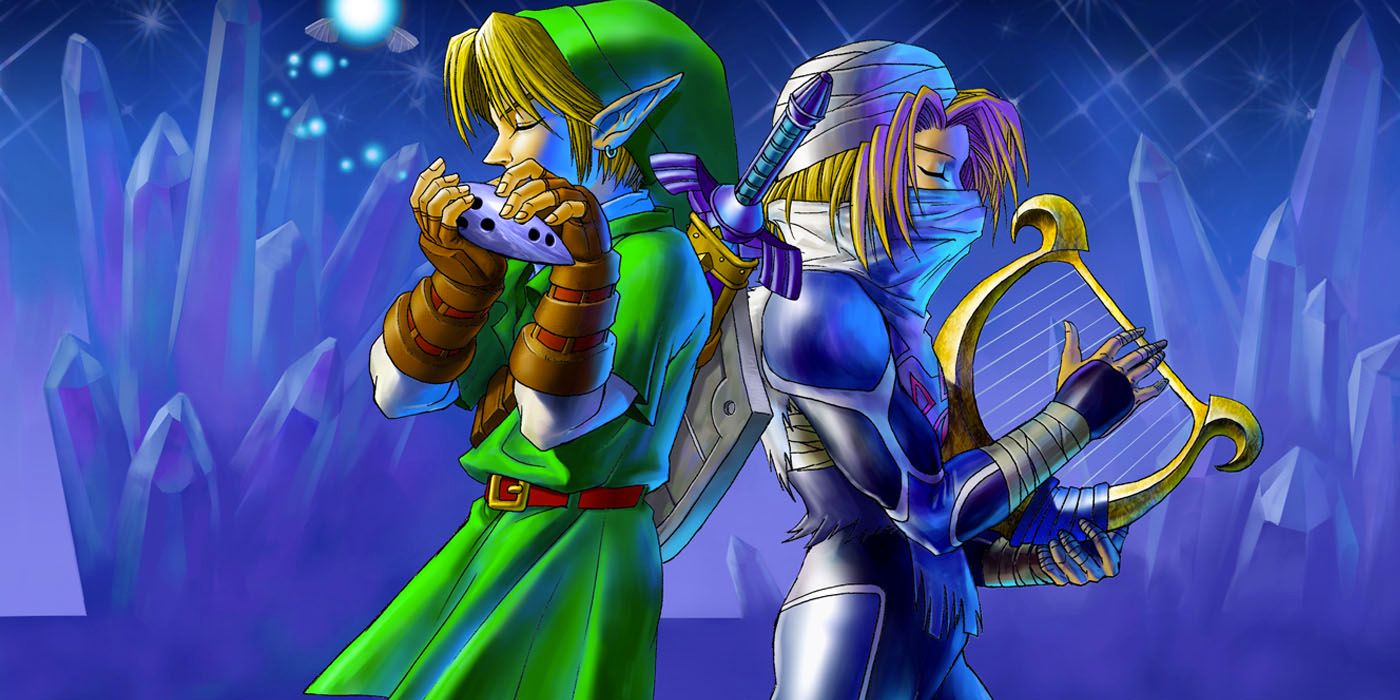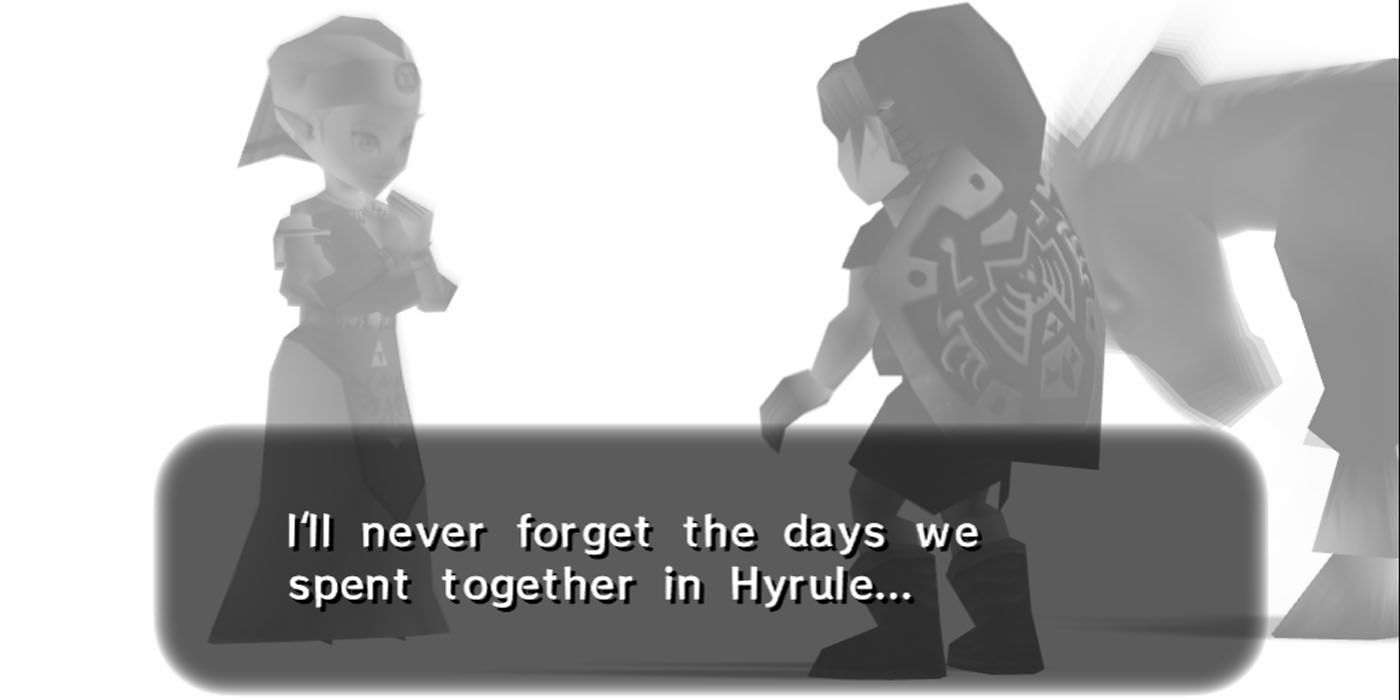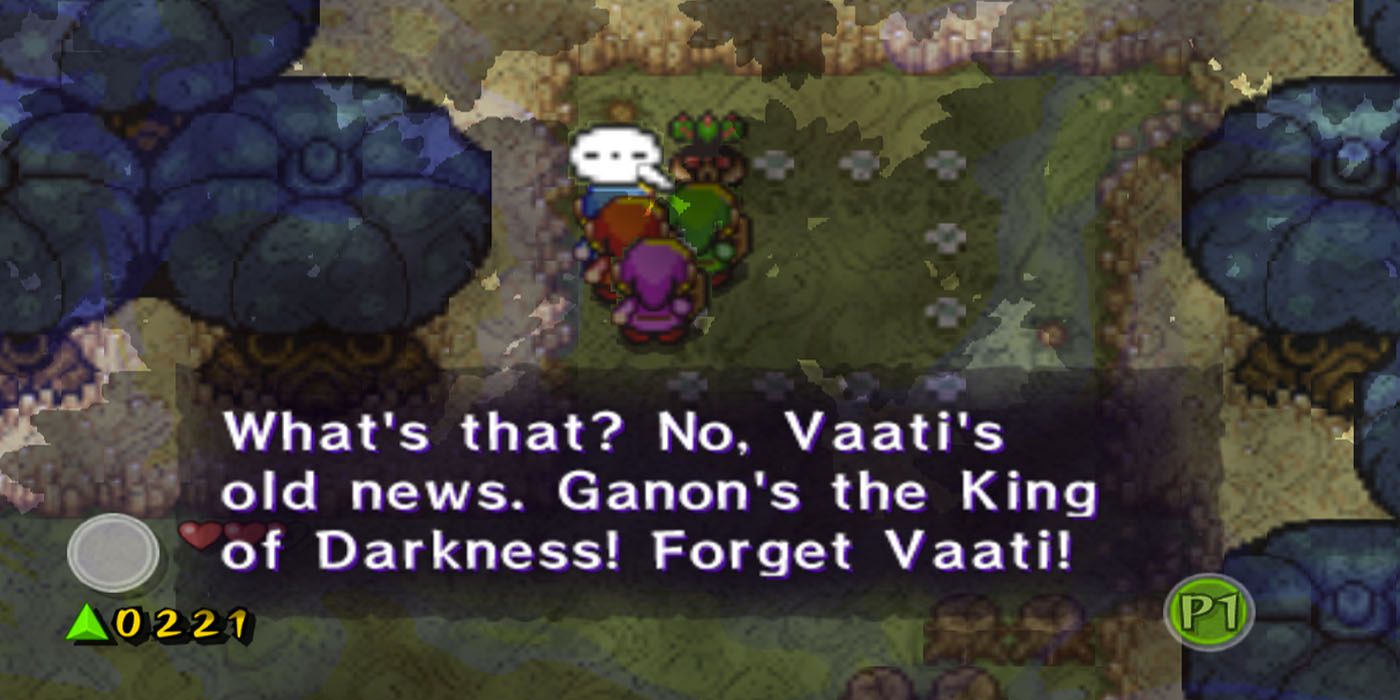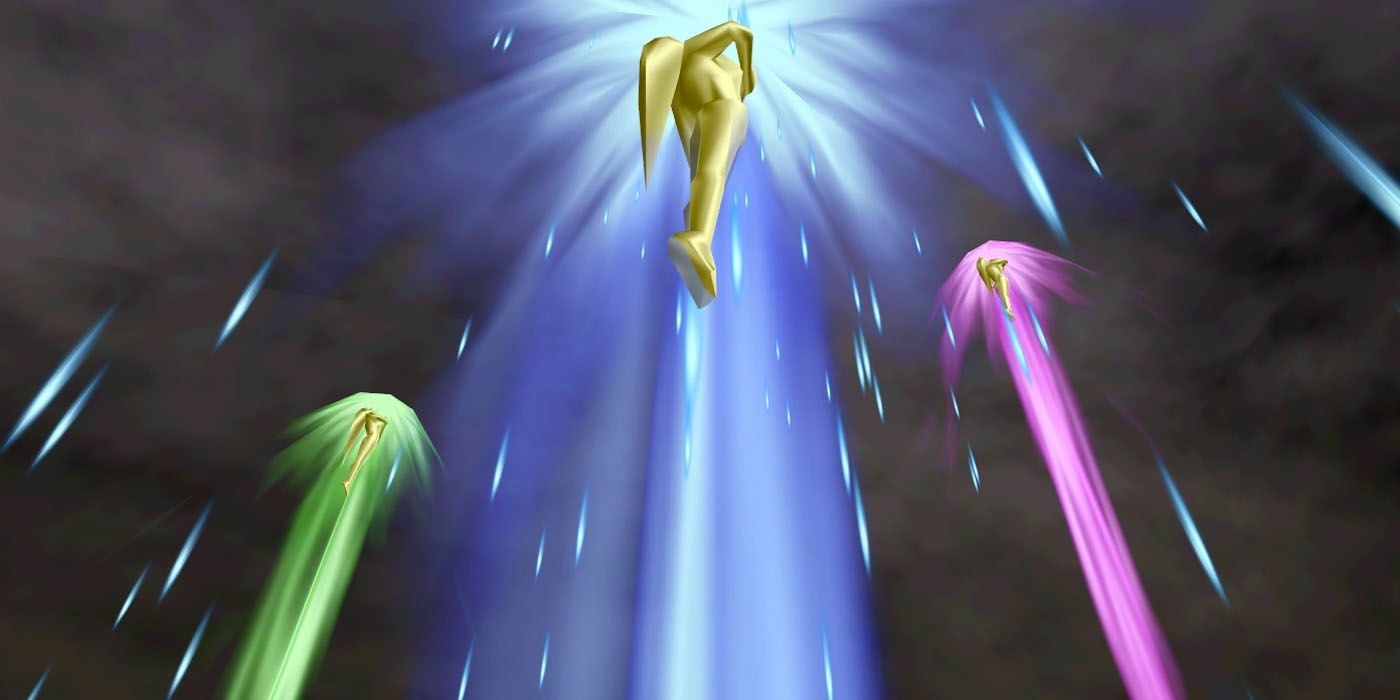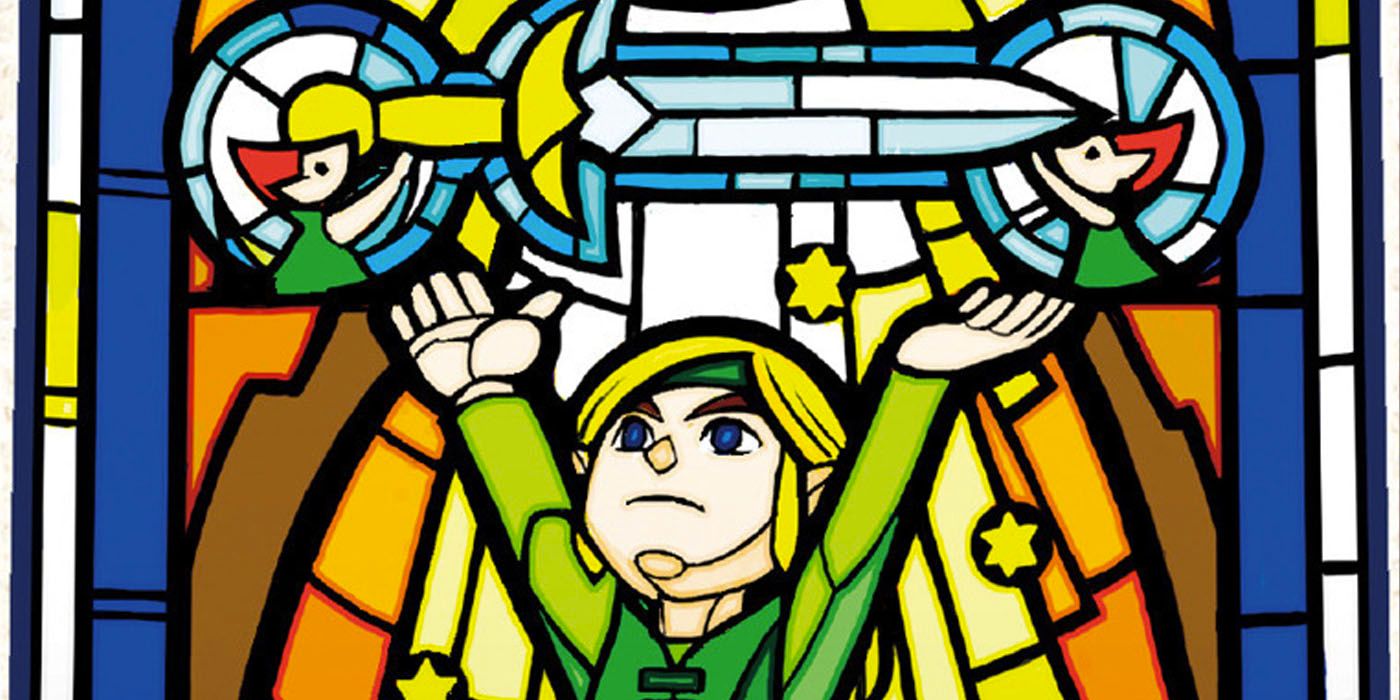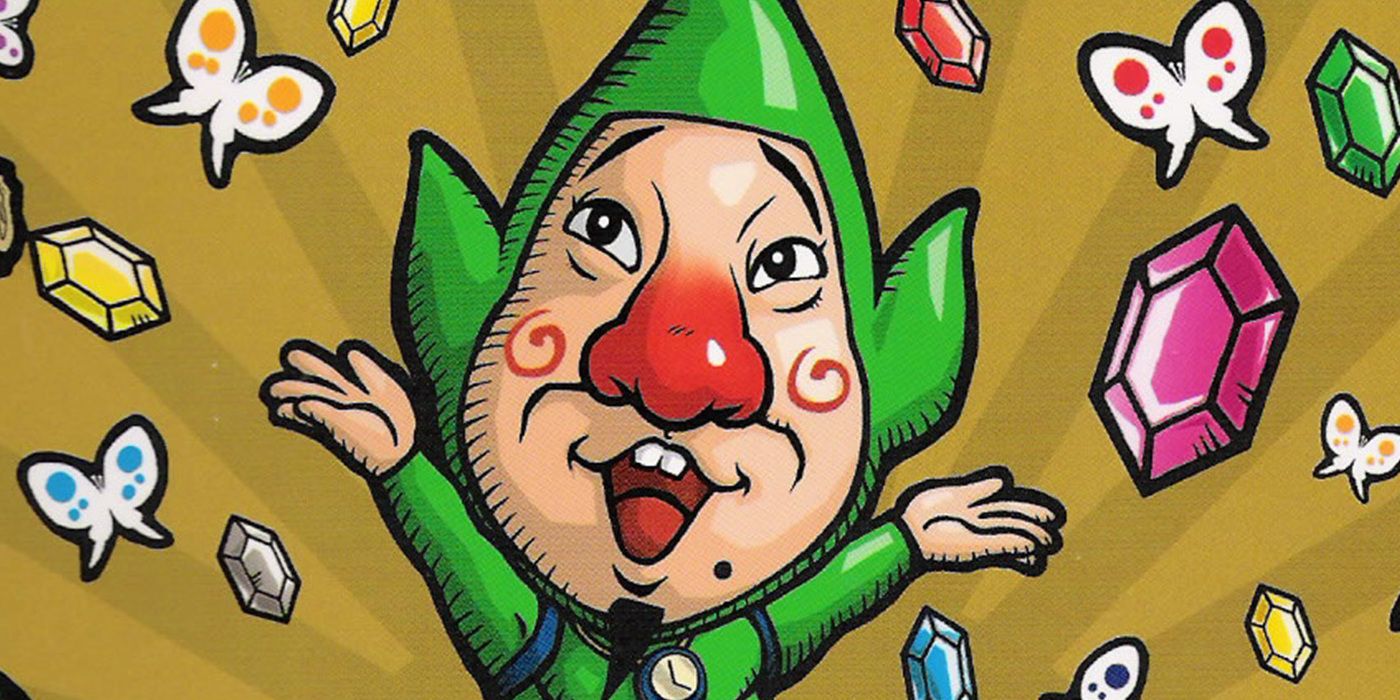Even though The Legend of Zelda has had an official timeline from the moment Zelda II: The Adventure of Link set itself as a direct sequel to the first Zelda, much of the series’ finer details were either left up in the air, to subtext, or tucked away in interviews. It wasn’t until Hyrule Historia in 2011 that fans of the franchise finally got all the answers they were looking for.
For the time being at least. Hyrule Historia has since been followed up by Hyrule Encyclopedia, but considering all the liberties the latter takes with the franchises canon, it stands to reason that Hyrule Historia is still Zelda’s go-to historical tome. Along with revealing the identity of the Hero’s Shade, Hyrule Historia answered some of The Legend of Zelda’s most pressing questions.
10 Who Is The Hero’s Shade?
The Hero’s Shade is one of the more mysterious figures in The Legend of Zelda. Referring to Twilight Princess’ Link as ‘son,’ suggesting familiarity, and fighting exactly link the Hero of Twilight, fans were immediately skeptical over the Shade’s identity. Hyrule Historia has since confirmed that the Hero’s Shade is actually the Hero of Time.
Following the events of Majora’s Mask, the Hero of Time returns to Hyrule but never accomplishes anything on the same scale as defeating Ganondorf. As a result, the Hero of Time has no heroic reputation and never manages to pass on the extent of his swordplay, his descendants presumably becoming farmers in Ordon Village.
9 Ocarina Of Time’s Secret Aftermath
Upon returning to the past at the end of Ocarina of Time, the Hero of Time informs both Princess Zelda and the King of Hyrule about Ganondorf’s schemes. Because Link bears the Triforce of Courage on his hand, the King has no choice but to take the Hero of Time on his word.
Ganondorf is labeled a traitor to Hyrule Kingdom and set to be executed (an event shown in full during Twilight Princess.) After ratting Ganondorf out, Link spends enough time with Zelda before Majora’s Mask to develop a genuine friendship with her while going through a not insignificant growth spurt.
8 Who Is Kaepora Gaebora?
Kaepora Gaebora is one of the most memorable NPCs in Ocarina of Time. A wise owl who periodically appears throughout Hyrule during the child portion of the Hero of Time’s journey, fans have long debated Kaepora Gaebora’s identity. Given the limited character options in-game (and the fact they speak almost exactly like save for tone,) Rauru was often seen as the most sensible choice.
This was pushed further by Zelda’s father, Gaebora, looking just like Rauru. Hyrule Historia confirms the connection outright, claiming that Rauru takes on the form of Kaepora Gaebora to guide the Hero of Time during the early portions of his journey.
7 The Oracle Duology Chronology
Where exactly the Oracle games fall has always been a topic of debate. The ending of the Linked Game suggests they’re interquels to Link’s Awakening (and they were obviously developed as such by Capcom,) but Zelda doesn’t recognize Link at the end of either journey which can only suggest that this isn’t the Legendary Hero.
Hyrule Historia outright confirmed that the Oracle titles took place in-between A Link to the Past and Link’s Awakening (with the same Link, at that,) but Hyrule Encyclopedia has since moved them after. That said, this could be to accommodate the Link’s Awakening remake (while also setting up a new chronology for potential Oracle remakes.)
6 The Origins Of Sheik’s Harp
Sheik’s harp is an incredibly ornate instrument, arguably more so than the Ocarina of Time itself. The Hero of Time and Sheik share multiple duets over the course of the game, the latter teaching the hero warp music for his dungeon-crawling. Skyward Sword notably introduced a harp as the Hero of Skies’ instrument, and it shares quite a few visual similarities with Sheik’s.
Considering the Goddess’ Harp was originally owned by Princess Zelda (and would naturally be passed down throughout the Royal Family,) it’s easy to make the connection. Interestingly, Hyrule Historia only suggests that the Goddess’ Harp and Sheik’s harp are one & and the same, but that’s more than enough evidence given context.
5 Zelda Sent Link To Termina
Majora’s Mask doesn’t get into why exactly Link leaves Hyrule when he does, but everything seems to suggest he does so exclusively to search for Navi. Keeping in mind that Ocarina of Time ends with Navi leaving Link upon the end of their journey, it only stands to reason that she’s the “friend” Link is searching for.
Which makes this tidbit in Hyrule HIstoria all the odder. It turns out that the reason Link makes it to Termina at all is because Zelda makes him leave Hyrule. Believing that outing Ganondorf will put a mark on his back, Link is told to leave until after the execution.
4 Ganondorf’s First Reincarnation
The Four Swords games make up one of the few story arcs in The Legend of Zelda, centering on a saga that details the legend of the Four Swords, the final defeat of Vaati, and its creation. Four Swords Adventures serves as the link between Four Swords and The Minish Cap, but it makes one very notable inclusion: Ganon.
Not just any Ganon, either, but a brand new Ganon. Ganondorf has reincarnated since being killed in Twilight Princess, but he’s no king. Rather, Ganondorf II is a rogue thief who’s actively going against the Gerudo order. The Links defeat Ganondorf II, but only time will tell if we’ll see a Ganondorf III.
3 The Golden Goddesses Created The World, Not Just Hyrule
Although it’s not relevant to the main plot, Ocarina of Time details Hyrule’s creation myth near the beginning of the game, giving the audiences an understanding of where Hyrule comes from– literally if they choose to read the creation story as such, or just from a cultural perspective.
That said, this is Zelda, and gods are very much real. Hyrule Historia takes this creation one step further by clarifying that the Golden Goddesses created not just Hyrule, but the world itself. It might seem like a minor distinction to make, but it’s important as it clarifies that the Golden Goddesses aren’t patron deities of Hyrule specifically.
2 The Hero Of Men, Hyrule’s First Link
Before Skyward Sword recontextualized the entire franchise, The Minish Cap served as the series’ grand prequel, explaining where Link’s hat came from while also depicting Hyrule at its earliest point. The existence of Skyward Sword does in a way cheapen The Minish Cap, but Hyrule Historia does at least ensure TMC is still important.
According to Hyrule Historia’s timeline, the Hero of Men is still Hyrule’s first Link. Nothing of note happens between Skyward Sword and the War of the Bound Chest. While The Minish Cap might not actually explain where Link’s cap comes from, the Hero of Men still being Hyrule’s first Link (the Surface is never called Hyrule in Skyward Sword) is a nice touch.
1 Just Who The Heck Is Tingle?
Introduced in Majora’s Mask, Tingle hasn’t been seen much lately, but he’s one of the more peculiar figures in The Legend of Zelda. The games do touch on where he comes from to some extent, but to really understand who Tingle is, one should bust out their Hyrule Historia and flip to his concept art page.
Tingle is a 35 year old bachelor who uses his balloon to fly up in the air where he then cartography his surrounding area. Tingle keeps a spare balloon (and food) in his knapsack (explaining how he’s able to fly back up when Link pops him down,) and he seems to have an obsession with Link as evidenced by a sketch of the Hero of Time he keeps on him, per concept art.

